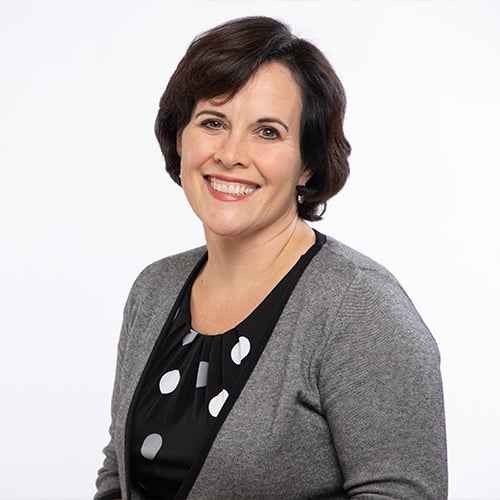A long-time executive coach once told me that the most powerful questions are ones that can be understood by a kindergartner.
When he said this, I remember thinking, “What? Seriously? A five-year-old?” How could a kindergartner possibly understand a question that is a perfect match with the complex challenges we face in non-profit organizations today?
If that weren’t enough, the leader then said that the most powerful questions are generally seven words or fewer.
Seven words? Hmmmm.
But consider: how many times do we sit around a meeting table and ask long, complex questions? Many of us have the tendency to think out loud, “piling on,” asking layered questions with four or five different parts. Or sometimes we ask questions that are mostly statements. Or leading questions that reveal an agenda behind the inquiry.
In a webinar I participated in recently, someone asked the keynote speaker a question that lasted 10 minutes, stating it five different ways with commentary threaded throughout. By the time they finished, everyone lost track of what the question actually was.
There are moments when we might be more succinct and ask more focused questions. But oftentimes the shorter ones are more closed ones that lead to yes, no or one word answers. For instance, “Do you have all the resources you need? Are you on track to finish on time? Is leadership communicating well enough?”
We may hope to open a door with such questions, but actually, they crack the door open only about an inch. These are closed questions because they put the lid on the conversation before it even opens up.
If we want to have truly meaningful and deep dialogue with others, it’s helpful to work on the discipline of asking powerful questions. This means learning to ask questions that a kindergartener could actually comprehend. Here are some examples:
What’s most important here?
What is possible?
What are we missing?
What matters about this?
What is in our way?
How is this working?
What lights you up?
What’s another view on this?
What is this costing us?
Who’s not here?
Who has not spoken?
These questions are simple, yes. But they can get more quickly to the heart of what matters to an individual or a group. They reveal new information and new insights. And perhaps information the person or the group hasn’t even considered yet.
The right questions can also get you closer to greater inclusion of diverse perspectives. Asking “who’s not here?” can help you ensure that the right people are at the table for the conversation at all.
It takes practice to ask shorter, more powerful questions. But no worries—all you need to know you learned in kindergarten.
Image from La-Rel Easter from Unsplash

